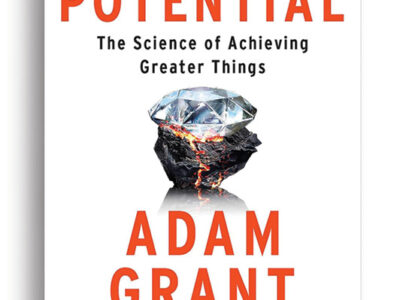Simply watching a movie in which actors simulate drug use is enough to make cocaine addicts’ hearts race and their ears ring. And, according to the research of Dr. Anna Rose Childress, clinical associate professor of psychology in psychiatry, a vicarious hit activates the same pleasure circuitry of the brain that use of the actual drug does. Such findings could be the key to developing medications and treatments to end addiction cravings and prevent relapses among drug patients.
While working with recovering cocaine addicts at Penn’s Center
for Addiction Research, Childress observed that when they saw others
using drugs, they experienced strong cravings themselves. So she began
studying the phenomenon more closely, using polygraphs to measure the
physical arousal of addicts watching drug videos. But that still didn’t
provide a clear picture of what was happening inside the brain.
Childress then had 14 addicts and six control subjects with no
drug history view PBS nature films and “homemade” drug-simulation videos
while in a PET (positron-emission tomography) scanner. (The addicts
participated in exchange for treatment). For the control group, watching
the cocaine videos produced no changes in their brains’ blood-flow
patterns. But in addicts, there was increased activity in the amygdla
and nucleus accumbens, two connecting structures in the temporal lobe
associated with pleasure and rewards. Previous studies have shown that
when animals are administered cocaine, there is a “gush” of chemical
messengers — dopamine, for example — to both sites.
Normally, says Childress, the brain’s pleasure-seeking circuitry
is “very useful, because it ensures we will respond to get things like
food and sex-partners, which keeps us alive as individuals and keeps the
species going. What happens with drugs like cocaine is that they
activate this circuitry really strongly, and often they tend to displace
the pursuit of these other things.” Over time, she adds, “many things
that have been associated with cocaine acquire that same ability” to set
off cravings. “You see a street corner where you acquired the cocaine
and you feel your heart-rate speed up a bit. It acts a little bit like a
salty potato chip. One small piece makes you want the whole, full-blown
experience.”
Childress has been working to develop behavioral strategies to
help addicts cope with these challenges. Her research, which has
expanded to include other kinds of craving, will be featured in a Bill
Moyers PBS special on addiction, scheduled to air March 29.




